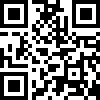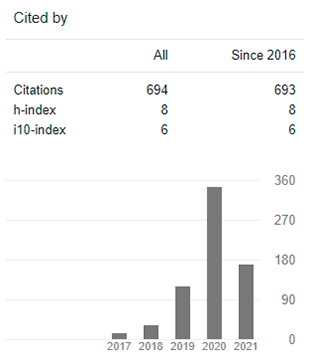Literature and Cinema: a technological, creative and educational communication
DOI:
https://doi.org/10.29394/Scientific.issn.2542-2987.2019.4.12.18.340-350Keywords:
literature, cinema, communication, technology, educationAbstract
The educational institutions are to say, the establishments where the citizenship endows with a pedagogical campus that strengthens it, is undoubtedly the most important of all. Because history speaks of education and its organisms as entities of great admiration, then, they are a refuge of great knowledge, and this includes the pedagogical. Undoubtedly, pedagogy plays a fundamental role in each educational institution, with the teacher being the person who appropriates this and links it in the best way with the students. The general purpose of this essay refers to literature and cinema as instruments or devices of a technological communication to transmit information, so that it’s creative and educational versatility allows students and professors to make a sketch of the functions and events that can be observed, comment, systematize, recreate, reflect, form and transform teaching. In the same way, that it manages to awaken new intellective faculties. In this way, only a transformation of teaching processes can ensure the improvement that is requested to education, which must resort to the communication media to save the classroom from obsolescence. For its part, technology must fill the classroom with a new spirit. Within this perspective, the ability to be in constant renovation is required to be able to renew not only the student population but the entire population.
Downloads
References
Caparros, J. (1994). 100 grandes directores de cine. Madrid, España: Alianza Editorial.
Farnham, D. (2000). El aprendizaje escolar. Madrid, España: Ediciones Morata.
Hummer, Ch. (1978). La educación hoy frente al mundo del mañana. Colombia: Voluntad. Recuperado de: https://www.researchgate.net/
Mendoza, A. (1994). Literatura comparada e intertextualidad. Madrid, España: La Muralla.
Mendoza, A. (2008). Leer y comparar (notas sobre las posibilidades del comparativismo en el aula de Secundaria). Lenguaje y Textos, (28), 19-41. Recuperado de: http://www.sedll.org/
Peña, L. (2017). Transformación del Docente desde el Pensamiento Complejo. Revista Scientific, 3(7), 211-230. Recuperado de: https://doi.org/10.29394/Scientific.issn.2542-2987.2018.3.7.11.211-230
Downloads
Published
How to Cite
Issue
Section
License
Copyright (c) 2019 INDTEC, C.A.

This work is licensed under a Creative Commons Attribution-NonCommercial-ShareAlike 4.0 International License.
The content of the journals of this site, are under a Creative Commons Attribution-Noncommercial-Share Alike 4.0 International License.













